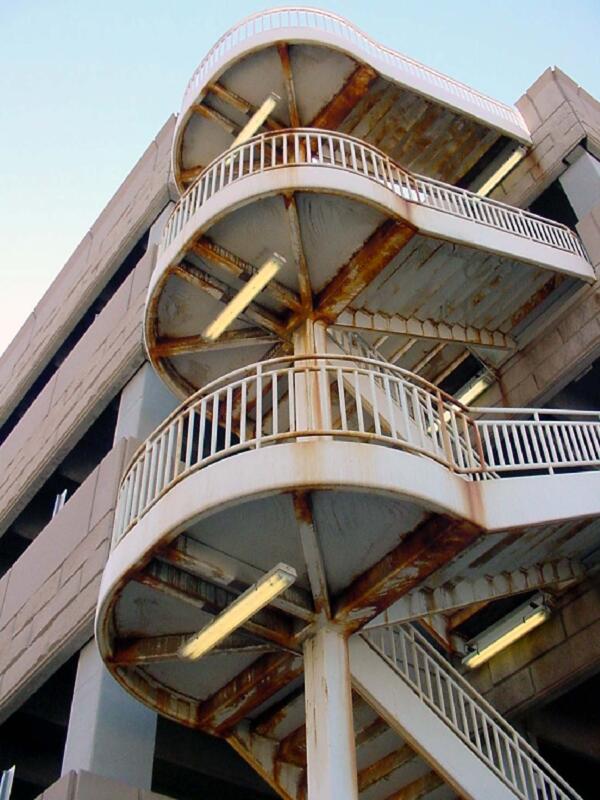Effects of Corrosion

Steel corrosion is a costly problem in fact the annual direct cost of metallic corrosion worldwide is $2.5 Trillion USD. North America is a large contributor to these annual costs, as the annual cost of corrosion in the US is $659 Billion the equivalent of 3.4% of the Gross Domestic Product (GDP). Though steel corrosion, whether in atmospheric, soil, water, or other exposures, is a natural phenomenon, estimates show 25-30% could be stymied if proper corrosion protection methods were employed.
Unfortunately, one of the biggest corrosion offenders is public infrastructure which means we all pay (taxes) for the lack of adequate planning. The long-held attitude in public construction of cheapest bid wins has been proven flawed. Building with the cheapest method initially often means greater costs in the future costs public budgets rarely account for nor have the means to consume.
However, the cost of corrosion is not just financial. Beyond the huge direct outlay of funds to repair and/or replace corroded and/or decaying structures are the indirect costs (natural resources, potential hazards, and lost opportunity). When a project is constructed with a building material not able to survive its environment for the length of the design life, natural resources are needlessly consumed to continually repair and maintain the structure. Wasting natural resources is a direct contradiction to the growing focus and desire for sustainable development to benefit future generations.
In addition to the waste of natural resources, building structures that cannot sustain their environment can lead to hazardous situations. Accidents caused by corroded structures can lead to huge safety concerns, loss of life, resources, and more. One failed pipeline, bridge collapse, or other catastrophe is one too many and leads to huge indirect costs (more traffic delays, loss of business, etc.) and public outcry. Depending on which market sector (industrial, infrastructure, commercial, etc.) is being considered, these indirect costs may be as high as five to ten times the direct cost.
